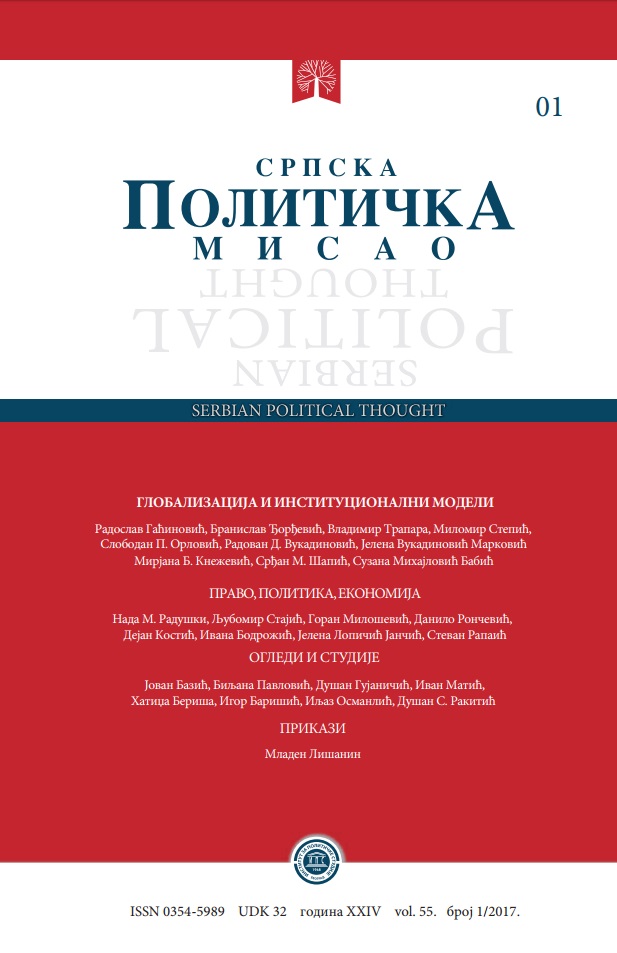Трендови редистрибуције благостања у европским државама благостања
Trends of Welfare Redistribution in the European Welfare States
Author(s): Suzana Mihajlović BabićSubject(s): Welfare systems, Welfare services, EU-Approach / EU-Accession / EU-Development
Published by: Институт за политичке студије
Keywords: European welfare states; social benefits; social expenditure; reforms; economic crisis
Summary/Abstract: The role of government in ensuring social security to citizens has been changing over time by expanding the scope of rights and balancing between family and market as alternative social security actors. In spite of changes, there is a belief that the European states today make a single European social model within which several divergent welfare state models exist. The global economic crisis in 2008 has differently influenced the reforms of the social security systems in Europe, but it has also brought certain approximation among liberal, corporative and social democratic European welfare states. Research shows that the largest share of social benefits spending in GDP has been recorded in the countries which do belong to the social democratic model, as well as that allocations for social security have grown in European countries after economic crisis in 2008. The distribution of costs according to social functions is stable in all three social models, while the prioritization of social benefits varies depending on the expected role of the state and the redistributive effect in individual countries within the social models. The largest share of social costs make the benefits in case of old age as well as disease and healthcare, while comparatively speaking, the function of social inclusion and housing functions take up the smallest share of costs in European countries. However, while there is convergence in the levels of social spending, and a relatively similar structure of allocation for social functions, by type of social benefits the social democratic model stands out insisting on the development of services rather than providing benefits in cash. This commitment of the social democratic model is most represented in family policies and policies of social inclusion. There is a growing convergence among social models with the function of unemployment, whereby countries invest more resources in the development of active employment policies. Financing of social benefits by employees and employers is most prominent in the corporate model where it is equated with state allocation, whereas in the liberal and social democratic model the majority of costs are covered by the state.
Journal: Српска политичка мисао
- Issue Year: 2017
- Issue No: 1
- Page Range: 141-156
- Page Count: 16
- Language: Serbian

